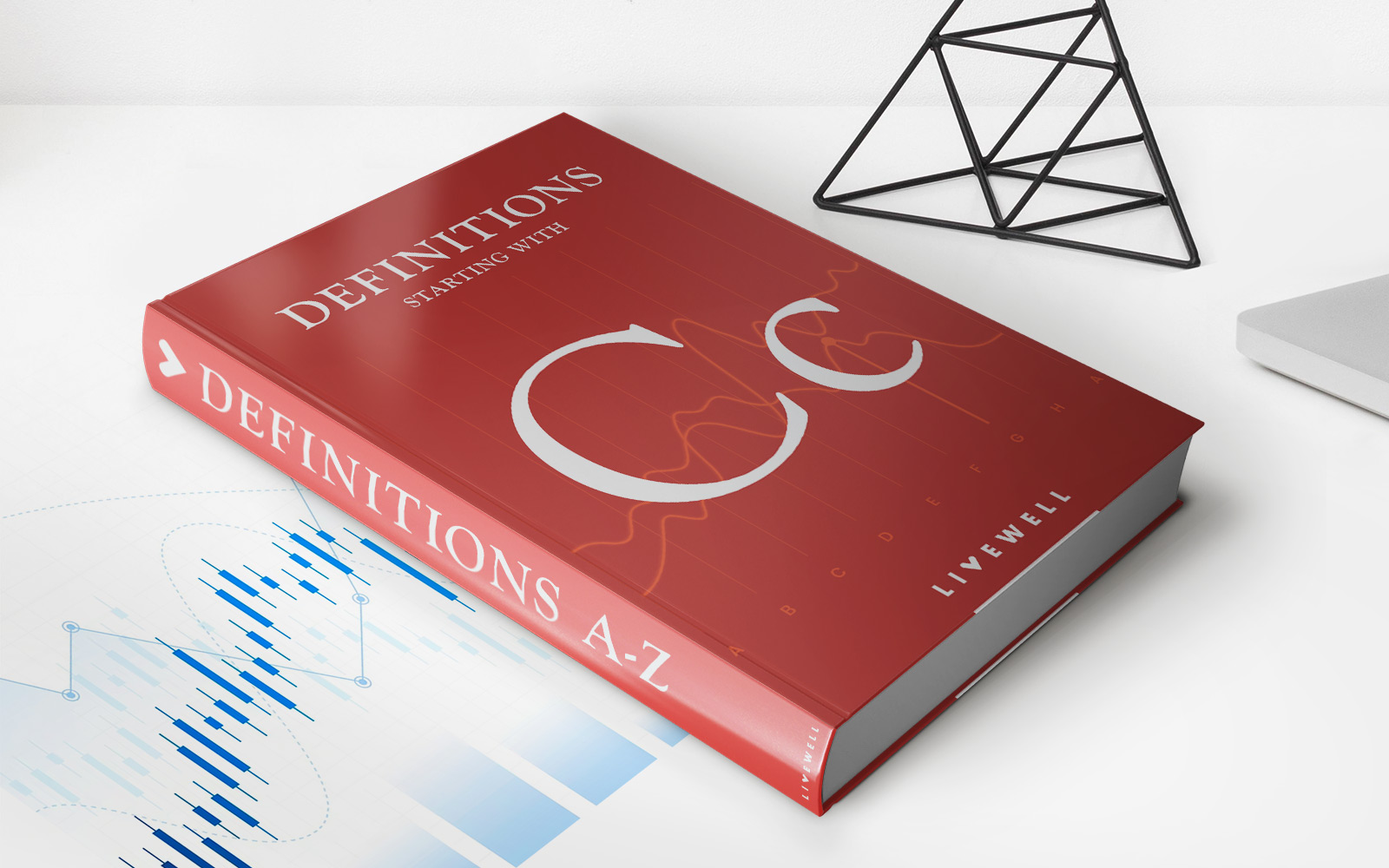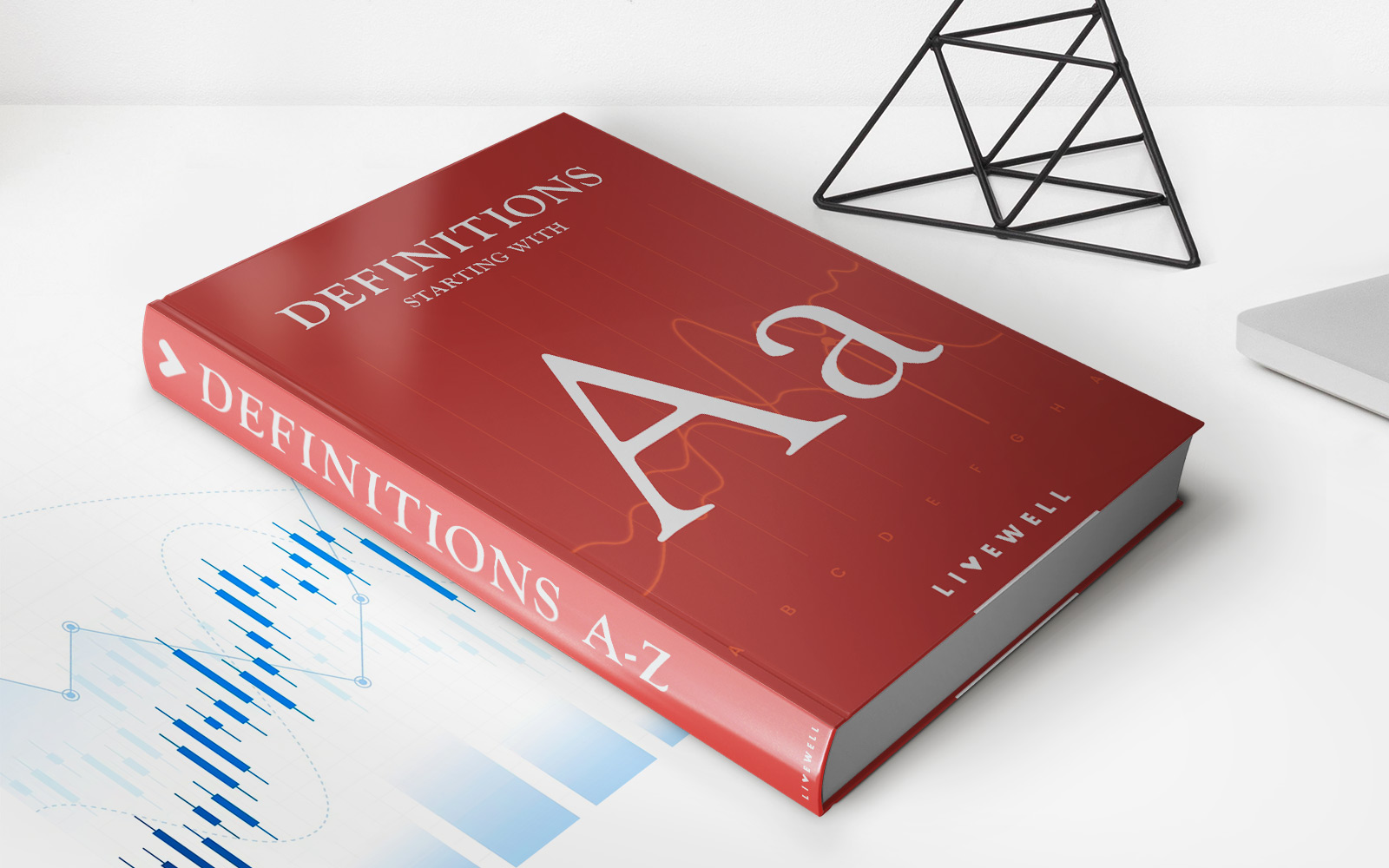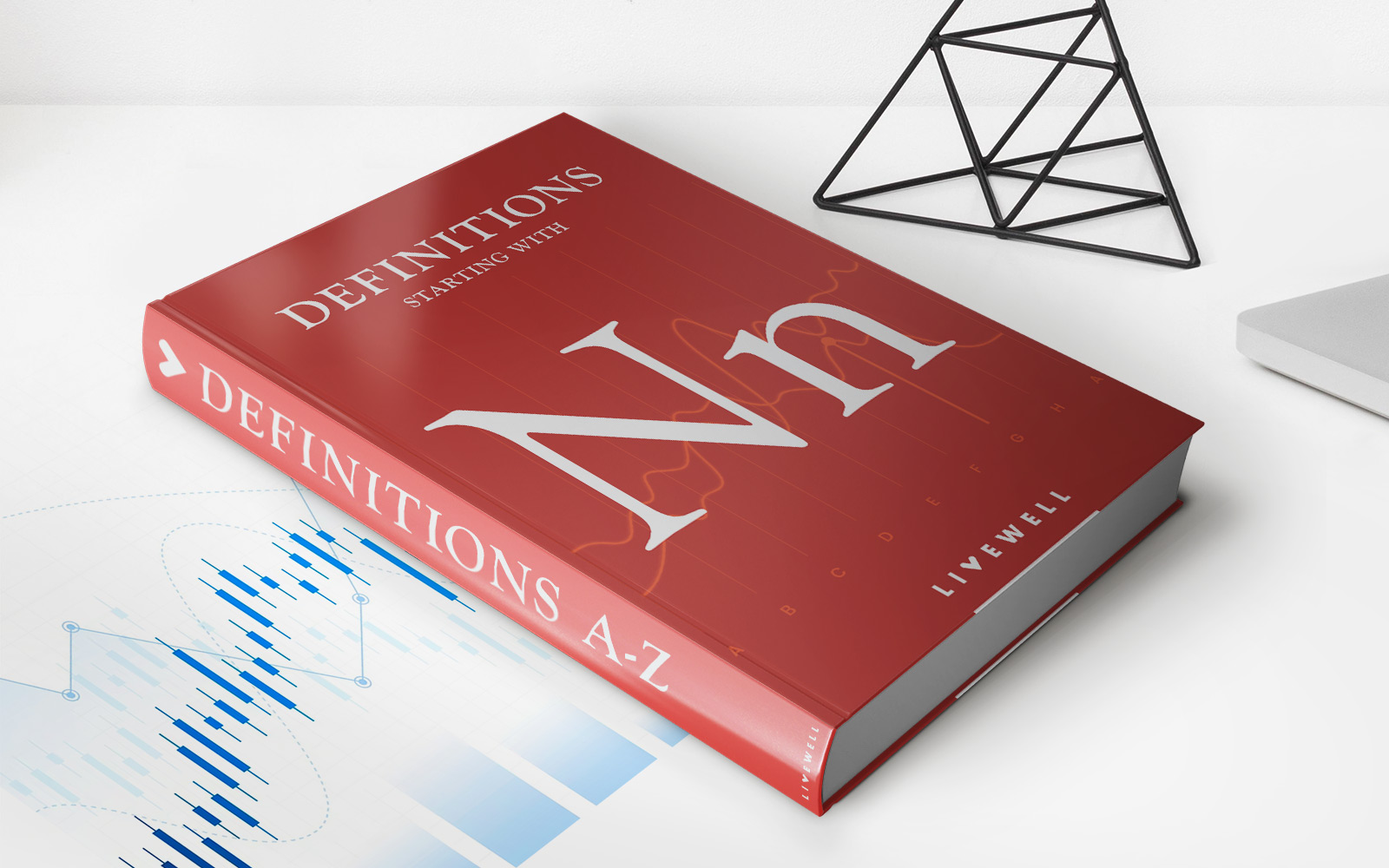Home>Finance>Fiscal Multiplier: Definition, Formula, Example


Finance
Fiscal Multiplier: Definition, Formula, Example
Published: November 25, 2023
Learn about the fiscal multiplier in finance, including its definition, formula, and example. Discover how this concept impacts economic growth and policy decisions.
(Many of the links in this article redirect to a specific reviewed product. Your purchase of these products through affiliate links helps to generate commission for LiveWell, at no extra cost. Learn more)
Fiscal Multiplier: Definition, Formula, Example
Welcome to our finance blog category, where we discuss various topics related to financial management, investing, and economic concepts. In this post, we will dive into the fascinating world of fiscal policy and explore the concept of the fiscal multiplier. Have you ever wondered how government spending affects the overall economy? What role does it play in boosting economic growth and stimulating job creation? Look no further, as we unravel the mystery behind the fiscal multiplier.
Key Takeaways:
- The fiscal multiplier measures the overall impact of a change in government spending or taxation on the economy.
- It quantifies how much output or income increases for each unit of government spending or changes in taxes.
Now let’s delve into the nitty-gritty details of the fiscal multiplier. In simple terms, the fiscal multiplier is a way to measure the multiplier effect of changes in government spending or taxation. It helps us understand the ripple effect that fiscal policy has on the economy.
The formula for calculating the fiscal multiplier is relatively straightforward. It is derived by dividing the change in GDP (Gross Domestic Product) by the change in government spending or taxation. The fiscal multiplier is often presented as a numerical value representing the impact on the economy.
For example, let’s say the government decides to increase its spending on infrastructure projects by $1 billion. If the fiscal multiplier is 2, it means that the overall increase in GDP will amount to $2 billion. This multiplier effect occurs because the initial injection of government spending stimulates economic activity, leading to additional spending and income generation in other sectors of the economy.
It’s important to note that the fiscal multiplier can vary depending on various factors, such as the state of the economy, the type of fiscal policy implemented, and the efficiency of how government spending is allocated. Economists and policymakers closely monitor the fiscal multiplier to assess the potential impact of different fiscal policies.
To sum it up, here are two key takeaways about the fiscal multiplier:
- The fiscal multiplier quantifies the impact of changes in government spending or taxation on the overall economy.
- A higher fiscal multiplier indicates a more significant impact, resulting in greater economic growth and job creation.
Understanding the fiscal multiplier is essential for economists, policymakers, and individuals interested in the dynamics of fiscal policy and its effects on the economy. By grasping the concept and its implications, we can make more informed decisions and contribute to shaping a better financial world.
We hope this blog post has shed light on the fiscal multiplier and provided you with valuable insights into its definition, formula, and real-world examples. If you have any questions or would like to delve deeper into this topic, feel free to explore our other finance-related blog posts or reach out to us.














